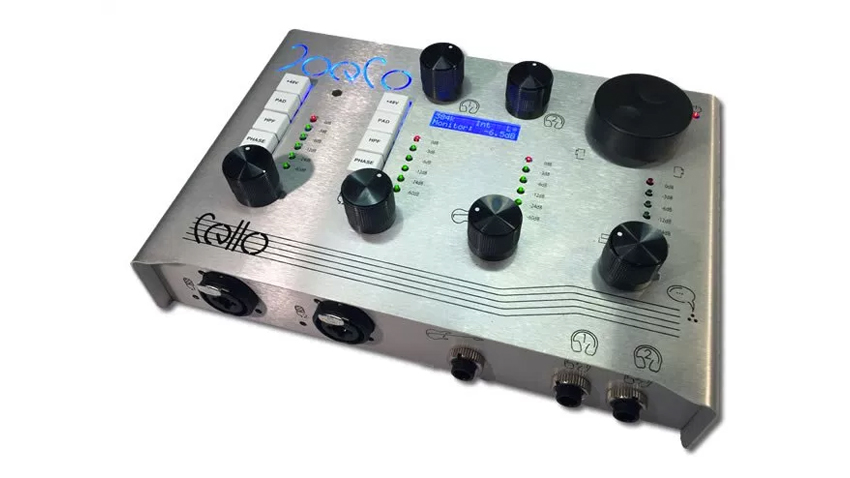NAMM 2018: JoeCo’s Cello gives you 384kHz operation in a desktop audio interface
Will it make your music sound all the sweeter?

NAMM 2018: Numbers are all-important in the audio interface market - on paper, at least - so JoeCo is bound to make headlines with the news that Cello, its first desktop audio interface, supports 384kHz operation.
If you want more numbers, we can tell you that there are 22 inputs and four outputs, plus an all-analogue front end. You get a selection of effects that have been selected to match Cello’s preamps, and adaptive conversion technology (with new ADC and DAC filtering options) enables you to tailor the performance based on your choice of sample rate and the source that you’re recording.
Although it’s designed to be a high-end interface, the Cello is a compact device, and JoeCo promises rock-solid reliability.
“We are known as a provider of absolutely dependable professional audio solutions, and we believe that everyone deserves to benefit from that same quality,” explained JoeCo Managing Director, Joe Bull. “Cello is designed and built in the UK to the same no compromises standard as every other product in our range - the highest specification features and the best audio quality available, all for a price you can afford.”
Other features include a talkback microphone and onboard monitor controls. The two mic inputs offer 80dB of gain, a hi-pass filter and phase reverse, and both include insert points. There’s also S/PDIF, 16 channels of ADAT lightpipe and wordclock.
Cello will be shown at the NAMM Show later this month, and will ship in the second quarter of the year priced at $899. Find out more on the JoeCo website.
Want all the hottest music and gear news, reviews, deals, features and more, direct to your inbox? Sign up here.

I’m the Deputy Editor of MusicRadar, having worked on the site since its launch in 2007. I previously spent eight years working on our sister magazine, Computer Music. I’ve been playing the piano, gigging in bands and failing to finish tracks at home for more than 30 years, 24 of which I’ve also spent writing about music and the ever-changing technology used to make it.